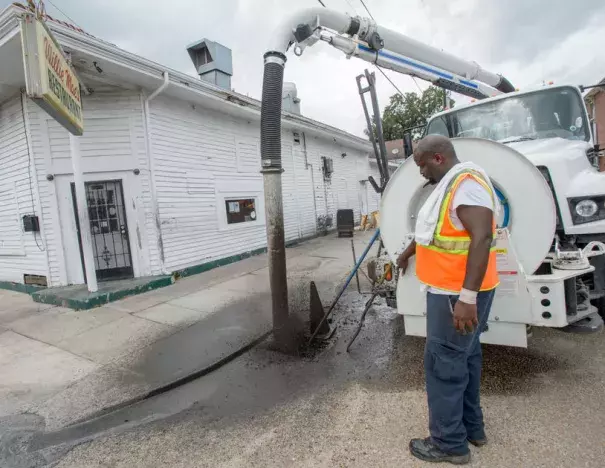New Orleans flood fact check: Did drainage system work as intended? Why some pumps were inactive

The flooding in New Orleans on Saturday happened even though the drainage system was working as it was supposed to and didn’t have any unexpected failures, Sewerage & Water Board officials said Monday.
They also said there are no simple upgrades that can prevent such an event from occurring again in a heavy rain, given the complicated and interconnected nature of the pipes, pumps and canals designed to move water out of the city.
While many in New Orleans, including some city officials, are looking for points where the system broke down or casting blame with talk about idle pumps, the S&WB officials once again said Monday that the problem was a storm that dumped more water on the city faster than the system is designed to handle.
...
Probably every New Orleanian has heard what’s become a mantra for the S&WB during both floods over the past month: The drainage system is designed to handle 1 inch of rain in the first hour and a half-inch every hour after that.
That standard is built into nearly all parts of the system, from the pipes to the pumps.
Short of replacing the system as a whole — to the tune of tens of billions of dollars and an amount of construction that would dwarf what the city has ever contemplated — any upgrades will buy only a few extra minutes or a few fractions of an inch in storms such as Saturday’s, which dropped nearly 10 inches of water in Mid-City in a few hours and more than half that in other neighborhoods.
...
Increasing the system's storage capacity is not cheap. Once complete, the half-billion-dollar SELA work Uptown — which includes installing bus-sized culverts under major avenues — will add only enough capacity in that area to hold another half inch of rain, so water would begin pooling on the street after more than 1.5 inches falls in the first hour, Becker said.


